While this may seem like a simplification of accounting practices, it can distort the true financial health of a company. The immediate recognition of bad debt expense can lead to erratic earnings reports, which in turn can mislead investors and analysts who rely on consistent financial statements to gauge performance. From an accountant’s perspective, the direct write-off method is straightforward and eliminates the need to estimate bad debts, which can be a complex and uncertain process.
What Is Wrong with the Direct Write off Method?

However, it requires an estimate of bad debts, rather than the specific identification of bad debts, and so can be less accurate than the direct write-off method. The direct write off method violates GAAP, the generally accepted accounting principles. GAAP says that all recorded revenue costs must be expensed in the same accounting period. Also, the direct write-off method doesn’t consider how uncertain it is that accounts receivable will be paid.
Direct Write-Off Method Vs Allowance Method

The direct write off method is simpler than the allowance method as it takes care of uncollectible accounts with a single journal entry. It’s certainly easier for small business owners with no accounting direct write-off method background. It also deals in actual losses instead of initial estimates, which can be less confusing. Under the direct write-off method, bad debts expense is first reported on a company’s income statement when a customer’s account is actually written off.
- As in, Expenses must be reported in the period in which the company has incurred the revenue.
- Sometimes it’s used for tax purposes when actual bad debts are easier to track than estimates.
- The method does not involve a reduction in the amount of recorded sales, only the increase of the bad debt expense.
- It ensures that only actual losses are recorded, providing a clear picture of which specific debts were uncollectible.
- The direct write-off method may not be the perfect solution for every business, but it definitely has its perks.
Useful for Low-Risk Receivables
Since the current balance is $17,000, we need to increase the balance to $31,800. The direct write-off method is indeed a useful tool—especially for small businesses that want to keep accounting simple—but it comes with trade-offs. You will lose a bit of financial accuracy Bookkeeping for Etsy Sellers and compliance in exchange for fewer journal entries and an easier bookkeeping process.
- This makes a company appear more profitable, at least in the short term, than it really is.
- Since 2014, she has helped over one million students succeed in their accounting classes.
- Once we have a specific account, we debit Allowance for Doubtful Accounts to remove the amount from that account.
- The origins of the direct write-off method can be traced back to the early days of accounting when businesses used various methods to account for bad debts and uncollectible accounts.
- The direct write-off method is certainly simple, but it also comes with a few drawbacks that can impact the accuracy and reliability of your financial reporting.
The direct write-off method offers a straightforward approach to handling bad debts by writing them off as expenses when they are deemed uncollectible. Big businesses and companies that regularly deal with lots of receivables tend to use the allowance method for recording bad debt. The allowance method adheres to the GAAP and reports estimates of bad debt expenses within the same period as sales.
Increased Cash Flow – The Benefits of the Direct Write-Off Method

From a regulatory standpoint, the timing of the expense recognition is critical. The financial Accounting Standards board (FASB), for instance, advocates for the allowance method because it adheres to the matching principle, aligning expenses with the revenues they help generate. This is in what are retained earnings contrast to the direct write-off method, which can lead to a mismatch in reporting periods. While the direct write-off method may offer simplicity, it presents several challenges for financial analysis. It is essential for analysts to adjust their evaluations accordingly and for companies to consider the broader implications of using this method on their financial reporting and stakeholder trust. While the direct write-off method may offer simplicity, it introduces a level of unpredictability and inconsistency that can significantly impact financial ratios and analysis.
